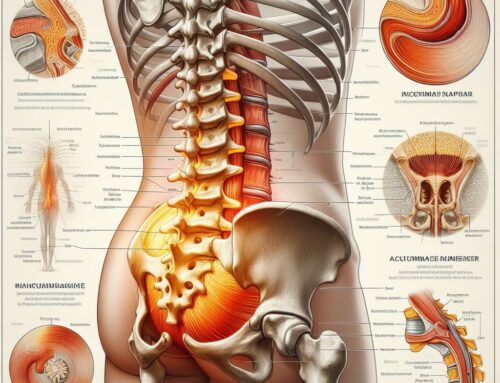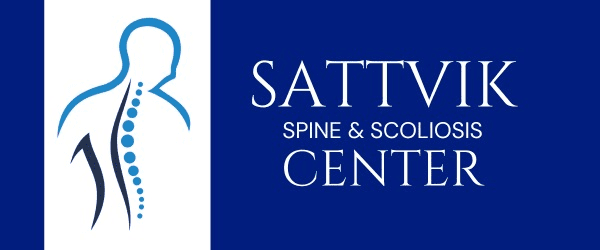Spine surgeries have evolved remarkably, offering various options to address different spinal conditions. Understanding the spectrum of spine surgeries, from traditional spinal fusion to innovative disc replacement, helps patients make informed decisions about their treatment. This article explores the range of spine surgeries, their techniques, and expected outcomes, providing a comprehensive guide to navigating spine health.
Understanding Spine Surgeries
The Importance of Spine Health
Maintaining a healthy spine is crucial for overall well-being and functionality. Spine surgeries become necessary when conservative treatments fail to relieve chronic pain or when there are significant structural issues affecting the spine.
Common Spinal Conditions Requiring Surgery
- Herniated Discs: When the soft inner gel of a disc pushes out through a tear in the outer layer, causing pain and nerve compression.
- Spinal Stenosis: Narrowing of the spinal canal that compresses the spinal cord and nerves.
- Degenerative Disc Disease: Age-related wear and tear on the spinal discs leading to pain and reduced mobility.
- Spondylolisthesis: A condition where a vertebra slips forward over the bone below it.
Also Read Unraveling the Mysteries of Spinal Treatment: Expert Perspectives
Spinal Fusion Surgery
What is Spinal Fusion?
Spinal fusion involves joining two or more vertebrae to eliminate motion between them, providing stability and relieving pain. This surgery is often used to treat conditions like degenerative disc disease and spondylolisthesis.
Techniques of Spinal Fusion
- Posterior Lumbar Interbody Fusion (PLIF): Fusion through the back.
- Anterior Lumbar Interbody Fusion (ALIF): Fusion through the front.
- Transforaminal Lumbar Interbody Fusion (TLIF): Fusion from the side, offering a more lateral approach.
Benefits and Outcomes
Spinal fusion can provide significant pain relief and improved stability. However, it may limit flexibility in the fused segment and requires a longer recovery period compared to other spine surgeries.
Disc Replacement Surgery
What is Disc Replacement?
Disc replacement involves removing a damaged disc and replacing it with an artificial one. This procedure aims to maintain spinal mobility and reduce pain, offering an alternative to spinal fusion.
Techniques of Disc Replacement
- Cervical Disc Replacement: Performed on the cervical spine (neck).
- Lumbar Disc Replacement: Performed on the lumbar spine (lower back).
Benefits and Outcomes
Disc replacement preserves the natural movement of the spine, leading to better functional outcomes. Recovery time is generally shorter, and there is a reduced risk of adjacent segment degeneration compared to spinal fusion.
Also read Building a Stronger Back: Effective Therapies for Spine Conditions
Other Spine Surgeries
Laminectomy
What is Laminectomy?
Laminectomy involves removing a portion of the vertebra called the lamina to relieve pressure on the spinal cord or nerves, commonly used to treat spinal stenosis.
Benefits and Outcomes
Laminectomy can effectively alleviate pain and improve mobility, though it may involve a more extended recovery period.
Discectomy
What is Discectomy?
Discectomy is the surgical removal of the herniated portion of a disc to relieve pressure on the spinal cord or nerves.
Benefits and Outcomes
Minimally invasive techniques often allow for quicker recovery and reduced postoperative pain, making discectomy a preferred option for herniated disc treatment.
Innovative Surgical Techniques
Minimally Invasive Spine Surgery (MISS)
Benefits of MISS
Minimally invasive spine surgery uses smaller incisions and specialized instruments, leading to less tissue damage, reduced pain, and faster recovery compared to traditional open surgery.
Robotic-Assisted Spine Surgery
Enhancing Precision
Robotic-assisted spine surgery provides greater accuracy and control, potentially improving surgical outcomes and reducing the risk of complications.
Choosing the Right Surgery
Factors to Consider
- Severity of Condition: The extent of spinal damage and the specific diagnosis will influence the choice of surgery.
- Patient Health: Overall health and fitness levels can affect recovery and the success of the surgery.
- Surgeon Expertise: The experience and skill of the surgeon play a critical role in determining the appropriate surgical approach.
Consultation and Diagnosis
A thorough consultation with a spine specialist, including diagnostic imaging and a detailed medical history, is essential for determining the best surgical option.
Recovery and Rehabilitation
Post-Surgery Care
Immediate Postoperative Care
Proper wound care, pain management, and gradual mobilization are crucial in the immediate postoperative period to prevent complications and promote healing.
Physical Therapy
A structured physical therapy program helps restore strength, flexibility, and function, aiding in a quicker and more effective recovery.
Long-Term Outcomes
Monitoring and Follow-Up
Regular follow-up appointments with your spine specialist ensure proper healing and address any concerns or complications promptly.
Conclusion: Empowering Spine Health
Understanding the spectrum of spine surgeries, from spinal fusion to disc replacement, empowers patients to make informed decisions about their spinal health. By exploring the various techniques and outcomes, individuals can choose the most suitable surgical option to achieve pain relief, improved mobility, and a better quality of life.
Note: We are also on WhatsApp, LinkedIn, and telegram, to get the latest news updates, Join our Channels. WhatsApp– Click here, to telegram – Click Here, and for LinkedIn– Click Here.











Get Social